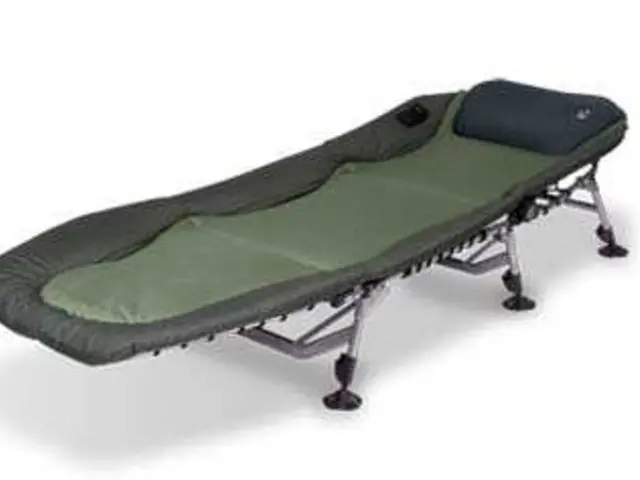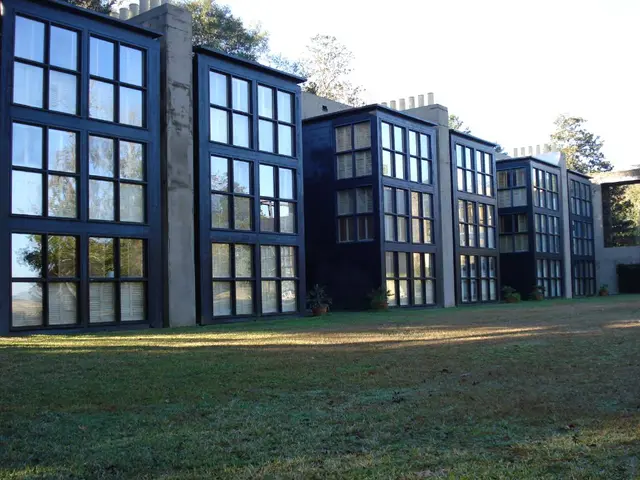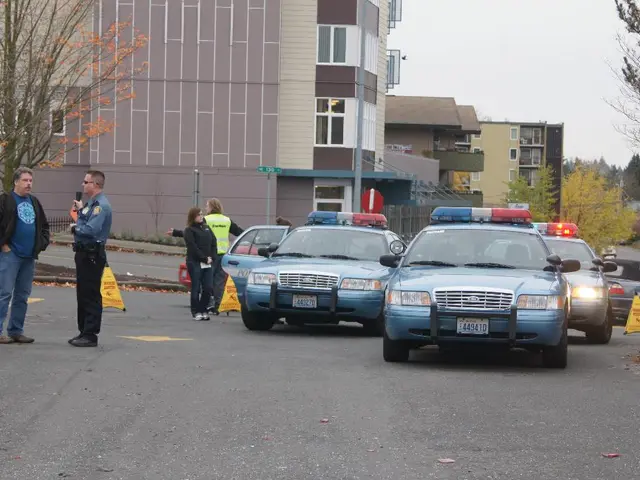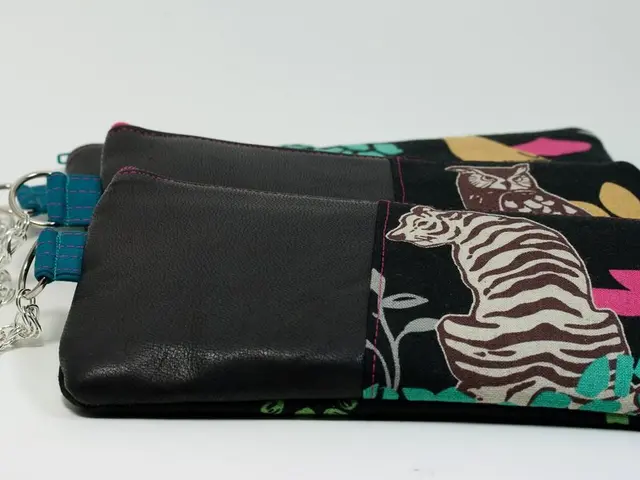Guide for Treating Burns: Crucial Procedures and Nurturing
Understanding Burns and Their Treatment: A Comprehensive Guide
Burns are a common injury that can range from minor to severe, requiring immediate attention and proper care. In this article, we will explore the different types of burns, their signs, and the recommended home treatments for first-degree burns.
First-degree Burns
First-degree burns affect only the outer layer of skin (epidermis) and are characterized by redness, swelling, and discomfort. They are similar to a sunburn. Effective home remedies for treating first-degree burns include immediately cooling the burn with cool (not ice-cold) running water for 10–20 minutes to reduce skin temperature and tissue damage. After cooling, applying pure aloe vera gel can soothe pain and reduce inflammation.
Home Care for First-degree Burns
Once the burn begins to heal and blisters have resolved, applying virgin coconut oil to moisturize the skin and potentially reduce scarring is beneficial. It is also important to protect the burn by applying petroleum jelly or antibiotic ointment 2–3 times daily and covering it with a loose, non-stick bandage, changing dressings daily to monitor healing and prevent infection.
What to Avoid
Avoid applying ice, very cold water, butter, toothpaste, oils, or petroleum products immediately after the burn as these can worsen tissue damage or trap heat. Large burns, burns on sensitive populations (infants, elderly), or signs of infection warrant professional medical evaluation.
Preventing Kitchen Burns
Simple strategies for preventing burns in the kitchen include keeping pot handles turned inward, using oven mitts, and maintaining a child-free zone around cooking areas. Fostering a culture of safety within the kitchen can significantly reduce accidents.
Community Involvement in Fire Safety
Fire safety campaigns worldwide often focus on community involvement, utilizing local resources to disseminate information and promote safer living environments. Community cooking classes can educate individuals on kitchen safety, promoting awareness and preventing injuries through shared knowledge and practical demonstrations.
Global Health Initiatives and Sun Safety
Global health initiatives often promote sun safety education to raise awareness and encourage protective behaviours within communities. Community sun safety campaigns can benefit individuals by reducing their risk of burns and long-term skin damage.
Seeking Medical Attention
Seek medical attention if the burn covers a significant area, displays signs of infection, is located on sensitive areas such as the face, hands, genitals, or major joints, or if it is a third-degree or fourth-degree burn.
Long-term Care Strategies for Burn Recovery
Long-term care strategies for burn recovery include effective wound care and dressing changes, physical therapy, and addressing psychological support needs for burn survivors. Psychological support aids survivors in coping with trauma, fostering healing and resilience.
Sources
[1] American Burn Association. (n.d.). First-degree burns. Retrieved from https://www.ameriburn.org/first-degree-burns/
[2] Mayo Clinic Staff. (2020, July 21). First-degree burns: First aid. Retrieved from https://www.mayoclinic.org/first-degree-burns/first-aid/in-depth/first-degree-burns/art-20050963
[3] National Institutes of Health. (n.d.). First-degree burns: Treatment. Retrieved from https://medlineplus.gov/ency/article/000797.htm
[4] National Institutes of Health. (n.d.). Second-degree burns: Treatment. Retrieved from https://medlineplus.gov/ency/article/000798.htm
[5] University of California San Francisco. (2018, November 20). Burn care. Retrieved from https://www.ucsfhealth.org/education/burn-care/articles/20190/176786
- Proper tools like cool running water, aloe vera gel, coconut oil, petroleum jelly, antibiotic ointment, and non-stick bandages can be used for home treatments of first-degree burns.
- Navigating kitchen safety is crucial to preventing burns, which can be achieved by implementing strategies such as turning pot handles inward, using oven mitts, and creating a child-free zone around cooking areas.
- For long-term burn recovery, emphasis should be placed on effective wound care, physical therapy, and addressing mental health and psychological support needs for survivors.
- Skin care is an essential aspect of global health initiatives, with sun safety education campaigns aiming to reduce the risk of burns and long-term skin damage.
- Prevention and treatment of burns require resilience, whether it's through being proactive in kitchen safety, understanding proper first aid for minor burns, or seeking medical attention for more severe cases.
- Community involvement plays a key role in fire safety awareness and prevention, with cooking classes and local resources utilized to educate individuals on safer living environments and kitchen safety practices.
- Mental health is crucial for burn survivors, with psychological support aiding in coping with trauma and fostering healing and resilience during recovery.
- A well-rounded approach to health and wellness includes understanding different medical conditions, such as burns, and how to care for them, as well as addressing skin care concerns for overall health.








